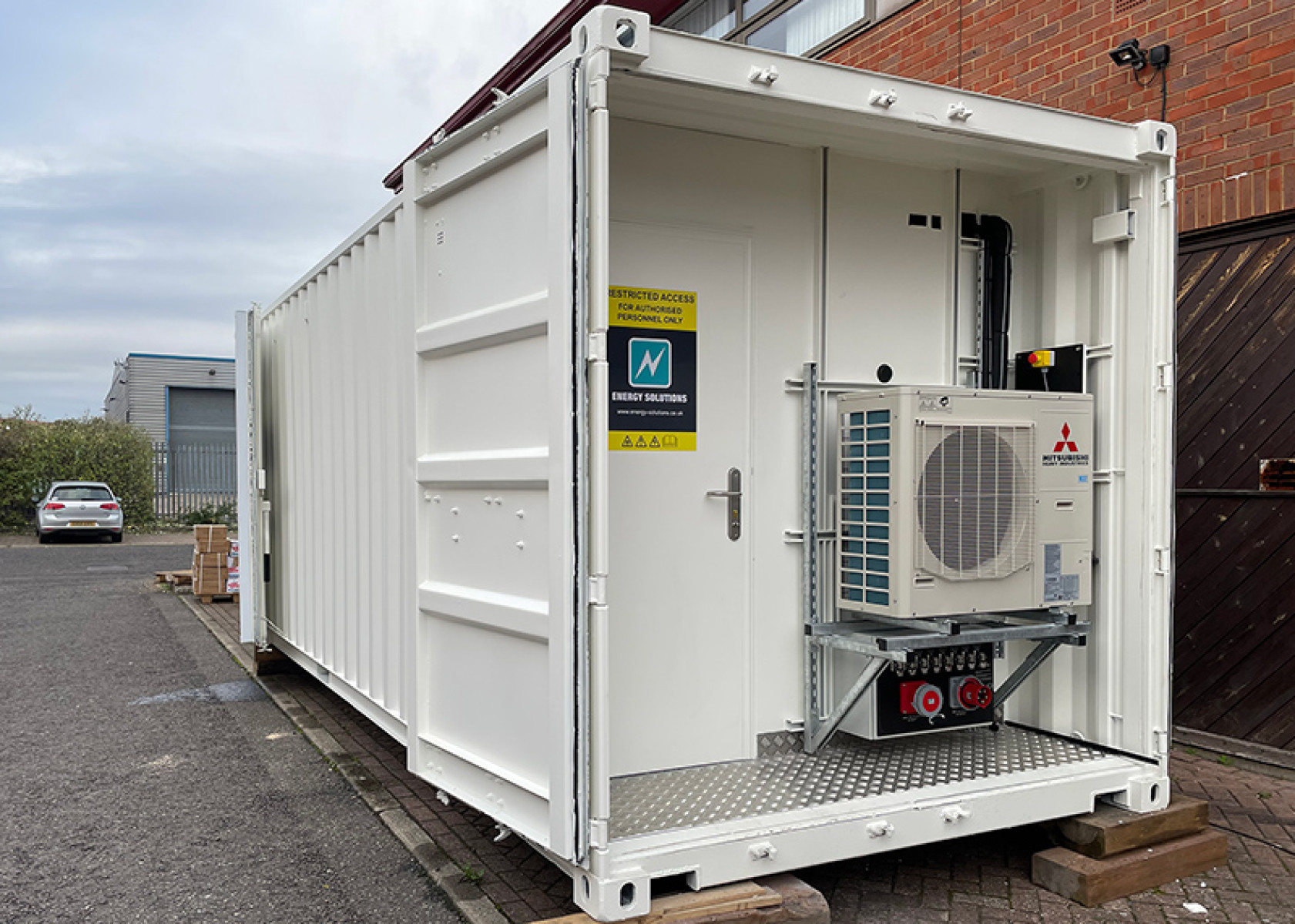Landmine Clearance Project in South Sudan
Application:
Date:

During the spring 2020, Energy Solutions was approached by The Development Initiative (TDI) looking for alternatives to powering an accommodation site for a mine clearance project in support of the United Nations in South Sudan The site was operating at the time with a single 100 kVA diesel generator running 24 hours a day, 7 days week to provide power for the site’s occupants.
On a daily basis, the generator powered a wide range of appliances including fridges, IT, lighting, catering and laundry equipment as well as maintenance workshop. However, although there was some diversity of loads, it tended to run at low loading most of the time which, as with all generators, was severely impacting the performance of the unit and increasing both fuel and servicing costs.
With a renewal of contract calling for evidence of addressing sustainability goals, TDI wanted a hybrid system incorporating solar panels which would reduce the reliance on fossil fuels, whilst simultaneously bringing down running costs and frequency of servicing and fuel delivery. They also needed the unit to be completely self-contained with the final elements being easy to assemble on site with local labour.
The team at Energy designed a system based around their standard 45kVA EasyGrid lithium unit, but built within an air-conditioned 20ft shipping container. The container option provided three important additions - it could house the solar panels during shipping, it would act as a frame for part of the array onsite and it would be the protective enclosure for the unit at all times. One final essential requirement for the client was the monitoring and control of the system. This is done via the built in data logger, allowing local and remote monitoring and data logging. The remote connection is via a 3G/4G modem.
Overall the system, which was built at Energy’s headquarters in Rochester, Kent, is designed to work autonomously - providing power from the solar panels and battery storage system until such time the demand exceeds the availability. When this happens, the system starts the generator automatically to provide power to the site at the same time recharging the batteries. The system ensures optimum performance at all times with a focus on using solar power ahead of generator power.
Sign up to our mailing list
Keep up to date with the latest news and offers.
|
|
Thank you for Signing Up |


Submitting your details indicates that you have read and agree to our privacy policy and cookie policy. You can unsubscribe from our emails by using the link at the bottom of all emails we send.